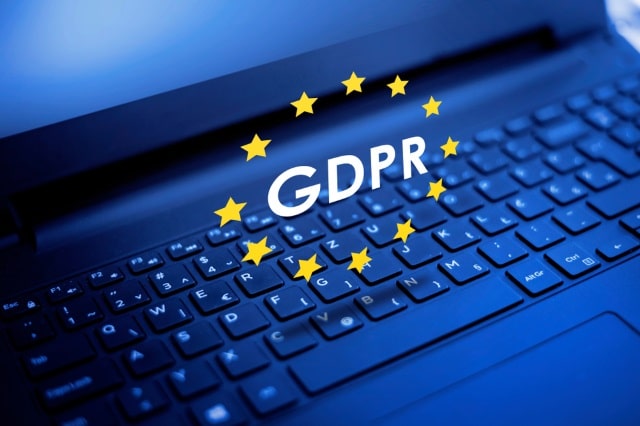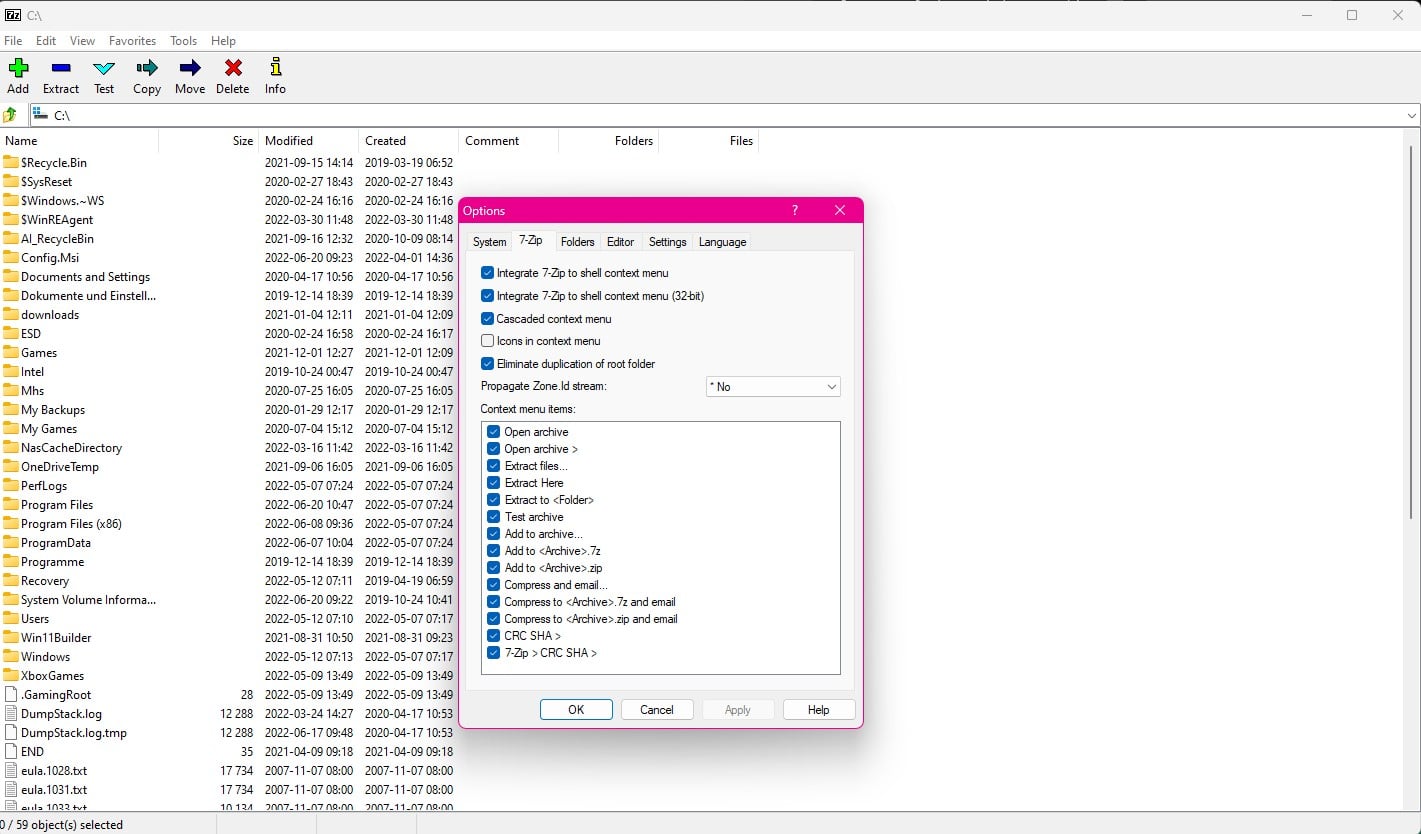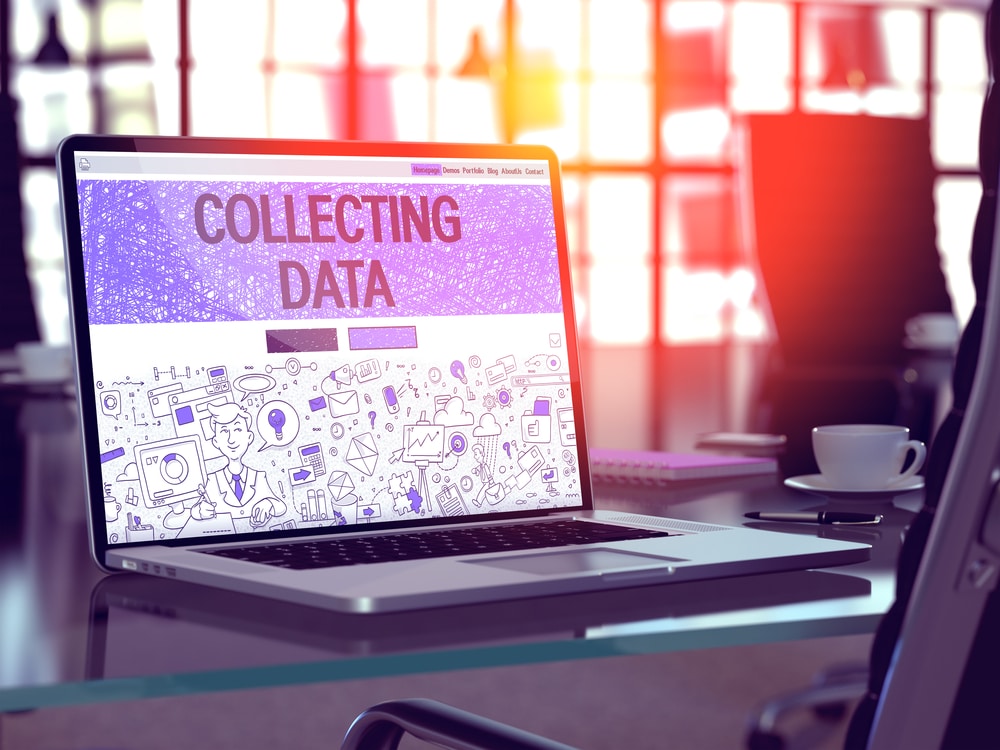
Push Fatigue: We're tired too
More and more organizations are enrolling users in Multi-Factor Authentication (henceforth referred to as MFA) wherein a secondary form of authentication takes place following a user inputting their credentials into a service to ensure a user is who they say they are. It’s an added layer of security and authentication that can help prevent compromise. But this isn’t bulletproof.
Recently a few blog posts and papers have begun to come out detailing a bypass technique known as "MFA bombing", "MFA Fatigue", "Push Notification Spamming", and many other terms, detailing high-profile threat actors such as LAPSUS$ who have abused the technique to gain access to otherwise protected areas. The technique was one we at Lares (and other red teams!) have used with overwhelming success in the past. We know it as Push Fatigue.

How FIDO's approach to authentication reveals a confusion between identity and access
The Fast Identity Online (FIDO) Alliance -- a group of technology companies including Apple, Google and Microsoft -- recently announced its commitment to supporting passwordless authentication across its products. FIDO’s plans have been in place for nearly a decade and work started long ago on a system that lets users log in to their online accounts without a password but instead with a PIN, biometric, iris scan or with voice recognition.
FIDO’s approach is expected to be implemented across Apple, Google and Microsoft platforms later this year and FIDO believes this will provide better protection over legacy multi-factor authentication and better protection against malicious phishing attacks.

GDPR: Four years on
It’s been four years since the introduction of the General Data Protection Regulation (GDPR), the landmark law governing how organizations operating within the EU use, process, and store consumers’ personal data.
The revolutionary regulation has become one of the world's strictest privacy and security laws. Since its inception, it has seen hefty fines imposed on large and small companies who have been non-compliant, with high-profile cases including British Airways, Marriott Hotels and Amazon.

7-Zip 22 brings bug fixes and new support for Apple and Linux formats
All archiving tools are not made equal, and this is precisely why there are so many of them to chose from. One of the most continually popular options is 7-Zip, and this powerful free compression utility has now hit version 22.
What makes 7-Zip stand head and shoulders above its rivals is the impressive 7z compressed file format which offers far smaller file sizes than the traditional Zip format. With the arrival of 7-Zip 22, we not only see numerous bug fixes, but also the addition of several options relating to Linux and Apple's formats.

Exploring the value of data mobility for modern enterprises
The phrase "information is the new oil" is tossed about with relative abandon these days. Data is undoubtedly one of the most critical elements in a successful 21st century business, but its utility only becomes apparent after it has been subjected to some kind of thoughtful analysis.
For many businesses, this is where the struggle begins; how can we extract meaningful insights from data quickly, efficiently and effectively? How do we shorten the lag between the moment a new data point is generated and the time that data becomes available to business analytics tools or a real-time machine learning (ML) model?

Examining the barriers to infrastructure-as-code
IT management has never been easy and the complexities multiply as we seek to adopt the latest technologies and push the bounds of innovation. For instance, as we enable more digital capabilities, by nature, we must increase the number of applications used within our IT environments. However, provisioning the infrastructure resources required to build and manage applications can often be an unpredictable process, causing bottlenecks and performance issues across the entire environment but especially so in one key area, data storage.
Rather than succumbing to the complex, highly manual and time-consuming nature of IT management, new solutions and management frameworks can help to create more simplicity and ease. Modern infrastructure that emulates a cloud operating model is capable of prioritizing flexibility, agility and speed in addition to enabling reliability and performance. What initially began with the prolific adoption of infrastructure as-a-service has now paved the way for infrastructure-as-code.

Partial automation: The key to easing fears and pushing digital transformation
Many enterprises trying to reach the highest levels of digital transformation are facing a problem: they aren’t adopting autonomous operations and artificial intelligence for IT operations (AIOps). While more than half (59 percent) of organizations consider themselves digital transformation adopters or even leaders, a mere 15 percent are implementing automated processes at the same level.
This gap is problematic for enterprises striving to be digital leaders. After all, part of digital transformation’s promise is using data to increase agility, maximize emerging opportunities, provide personalized experiences and, importantly, guarantee a business’s apps and digital services are continuously available.

Our water supply is of existential importance and needs the best possible protection against cyber attacks
Water is -- said without pathos -- our elixir of life. After the air we breathe, we depend on nothing more to survive. We are made up of about 70 percent water and can survive only a few days without its replenishment. So it's fair to say that few other areas of critical infrastructure are as important to us as the supply of pure drinking water. But in the face of rising global tensions, there is growing concern that water supplies, which are as important as they are vulnerable, could become the target of cyberattacks.
Earlier this year, on January 11, 2022, the Joint Research Center of the European Reference Network for Critical Infrastructure Protection (ERNCIP) published its Water Security Plan in the form of a handbook. This addresses the implementation of security measures to protect the physical and digital integrity of water supply systems. The plan is intended to enable drinking water supply operators to lay the groundwork for implementing specific measures to improve water system security against threats and attacks.

How can business leaders improve digital experiences in the workplace?
Implementing digital transformation into your business is essential for success. But with technological advancements dominating the business world, it’s important to assess the digital additions within your company to discover if they are making the expected improvements.
As a business leader, you may wonder where to start. Here, we explore five ways to improve digital experiences in the workplace.

The power of cloud-based quality management
Manufacturing has a history of moving at a glacial pace when adopting new technology such as cloud-based solutions, but cloud is not new anymore. In recent years, cloud computing and SaaS (Software-as-a-Service) have begun to dominate. More and more manufacturers are looking to switch their quality management to a cloud-based quality system.
Simply, in today’s ever-changing and volatile manufacturing climate, the cost advantages, power, and versatility of the cloud have become essential to survival.

How improved automation across DevOps can accelerate digital transformation
There’s no doubt the DevOps model is revolutionizing the IT industry by bridging the gap between developers and operations teams. The benefits of automating manual tasks and removing barriers are significant. From shortening development lifecycles to increasing the delivery of high-quality software, DevOps enables companies to innovate faster with lower failure rates.
However, despite the benefits, developers are only spending 39 percent of their time writing new code or improving existing code, according to research by Tidelift and The New Stack. Almost a quarter (22 percent) of their time is spent doing code maintenance and 14 percent on operational tasks and meetings.

How to harness DevOps-driven digital transformation to fuel your organization's success
Around the globe, digital transformation is the new normal. While projects were implemented in isolated pockets before the pandemic, it’s now a business-critical, enterprise-wide drive. The advent of COVID-19 saw most organizations accelerate their transformation roadmap by months or years. This streamlined operations, created new revenue, and enhanced customer experiences during a time of unprecedented disruption.
According to Deloitte, two-fifths (40 percent) of consumers did more online shopping during lockdown, 14 percent participated in more remote medical appointments, and a third streamed more content. The past 12 months have demonstrated that these habits are here to stay. As the world moves into a new state of 'normality', organizations across every industry are focusing on how they can transform even faster to meet customers' redefined expectations and carve out an advantage in a fiercely competitive, increasingly digital world.

Mind the gap: Addressing the cybersecurity talent shortage through network automation
Modern network infrastructure and security teams are tasked with managing extremely diverse ecosystems full of products that each require a specialized skill set to operate, optimize, and secure. While network operations teams look to automate repetitive but fundamental tasks across their teams, less than 35 percent of enterprise network activities are automated today. Based on this surprisingly low number, math tells me that there is tremendous upside.
Amidst the ongoing talent shortage and great resignation in IT and security industries, network automation continues to be a seriously overlooked solution that can help mitigate the impact of turnover and skills gaps by enabling staff to execute consistently and effectively, regardless of seniority or experience. Network automation tools are becoming essential to easing burnout among network and systems engineers who are dealing with a complex network environment.

Challenging misconceptions around a career as a developer
Technology is experiencing a talent shortage, with developers in high demand -- the tech resignation rate rose by 4.5 percent in 2021 according to Harvard Business Review. For some employers, this shortage is driving investment into existing talent or prompting the growth of talent from scratch. But many startups lack the staffing levels or time to train people, and they are competing against tech giants for experienced staff. In these cases, finding and hiring the right people can make all the difference.
Finding the right people means keeping a hawk-like focus on the skills and attributes the business actually needs and looking for talent wherever it can be found. There are many misconceptions about what makes a good software developer and a successful career path. By examining these misconceptions, a business can identify the individuals that will build their winning teams. The key here is not just the individuals, but also building the team. Software developers are not well-known for their soft skills but here’s the catch: who are the software developers with the most successful track records? Those individuals who have emotional intelligence and communication skills in equal proportion to their smarts.

ERP integration: Connecting systems for full visibility and increased profitability
Keeping up with the technology curve is a vital part of staying competitive for any business in any field. Digital transformation, for example, is no longer optional -- and enterprise resource planning (ERP) is among the most crucial aspects of digital transformation.
In short, an ERP system consolidates an enterprise’s day-to-day processes, allowing for centralized management and visibility. Resolving administrative bottlenecks and increasing agility with ERP gives a competitive edge that no company can afford to ignore.

